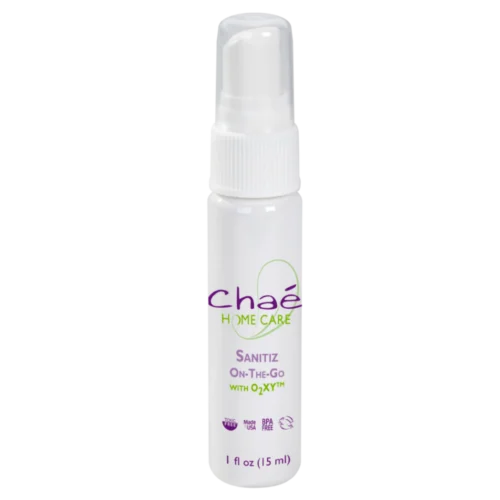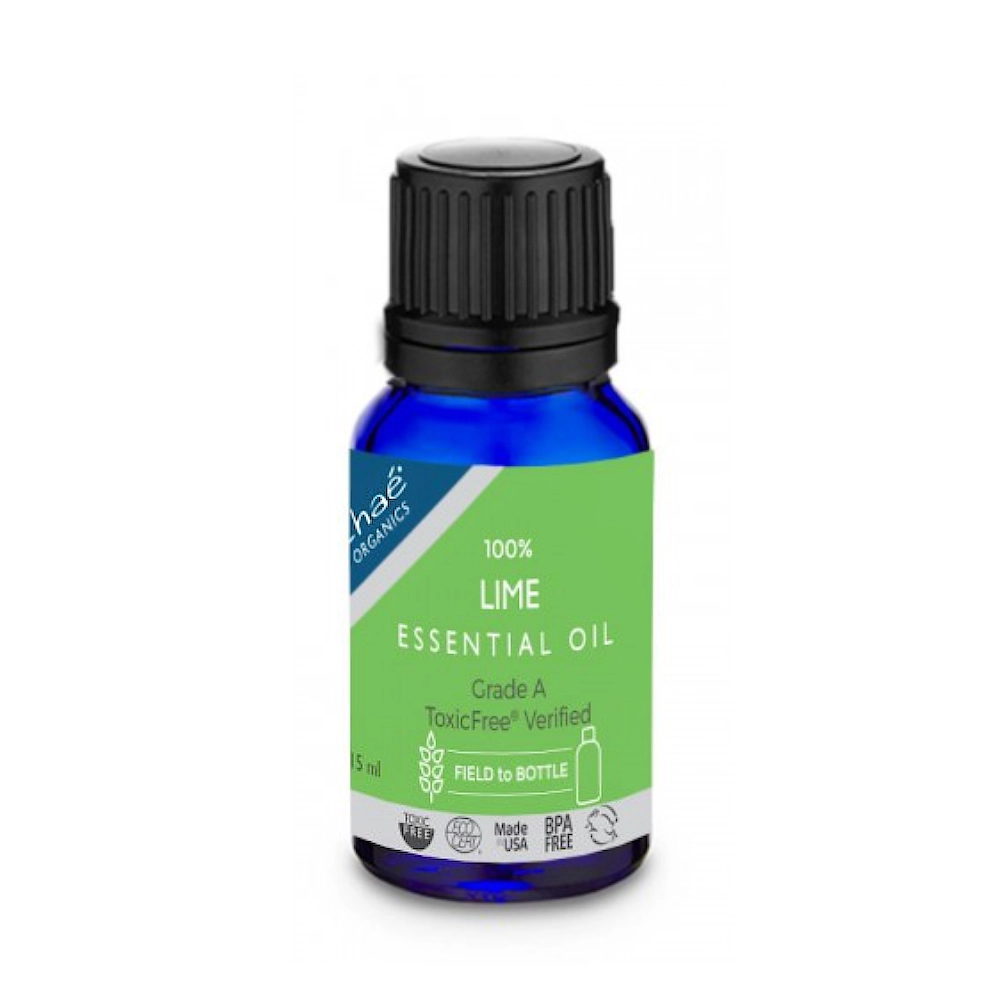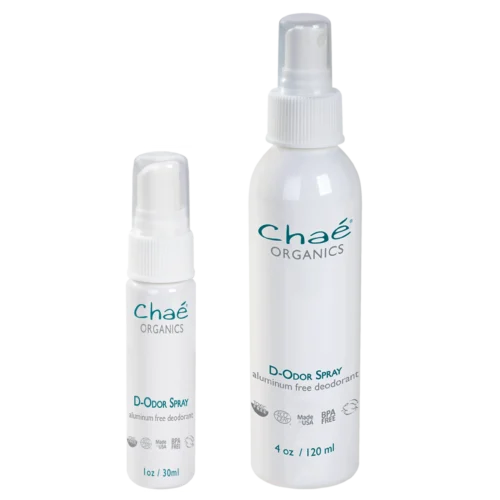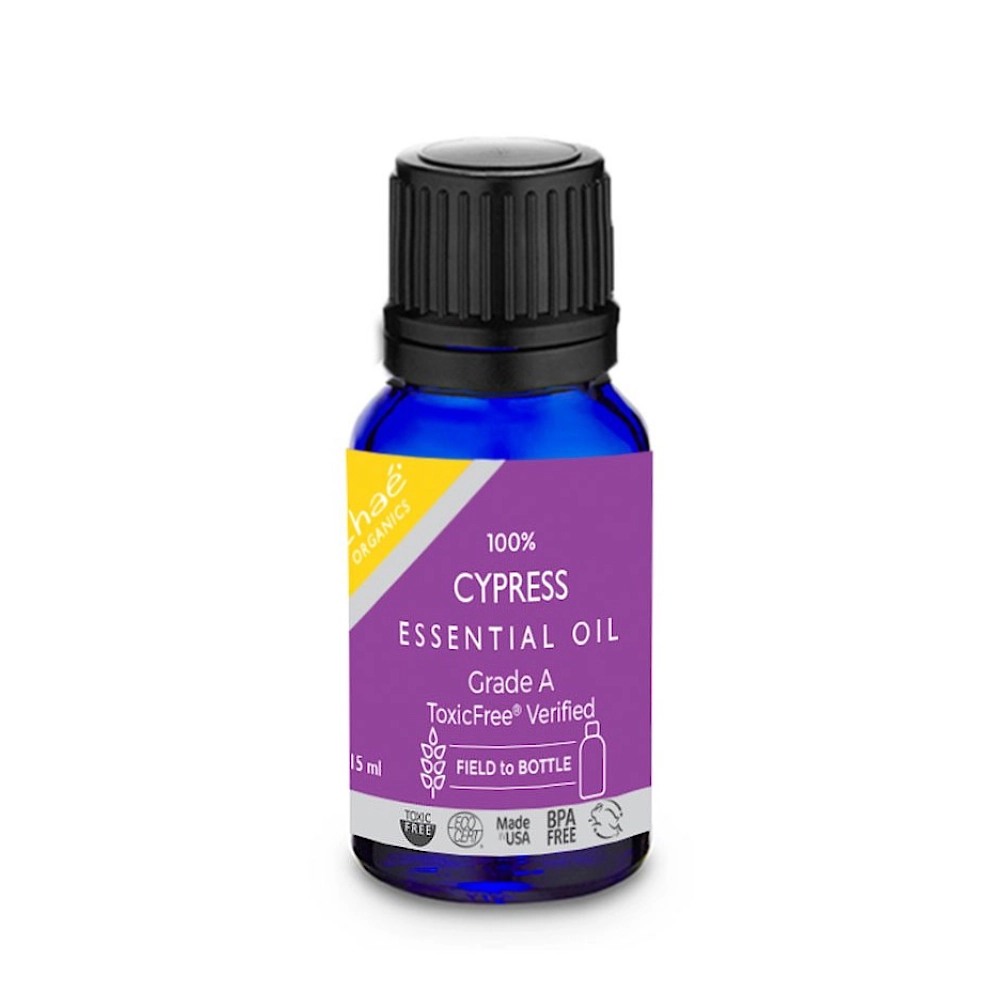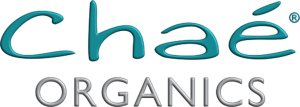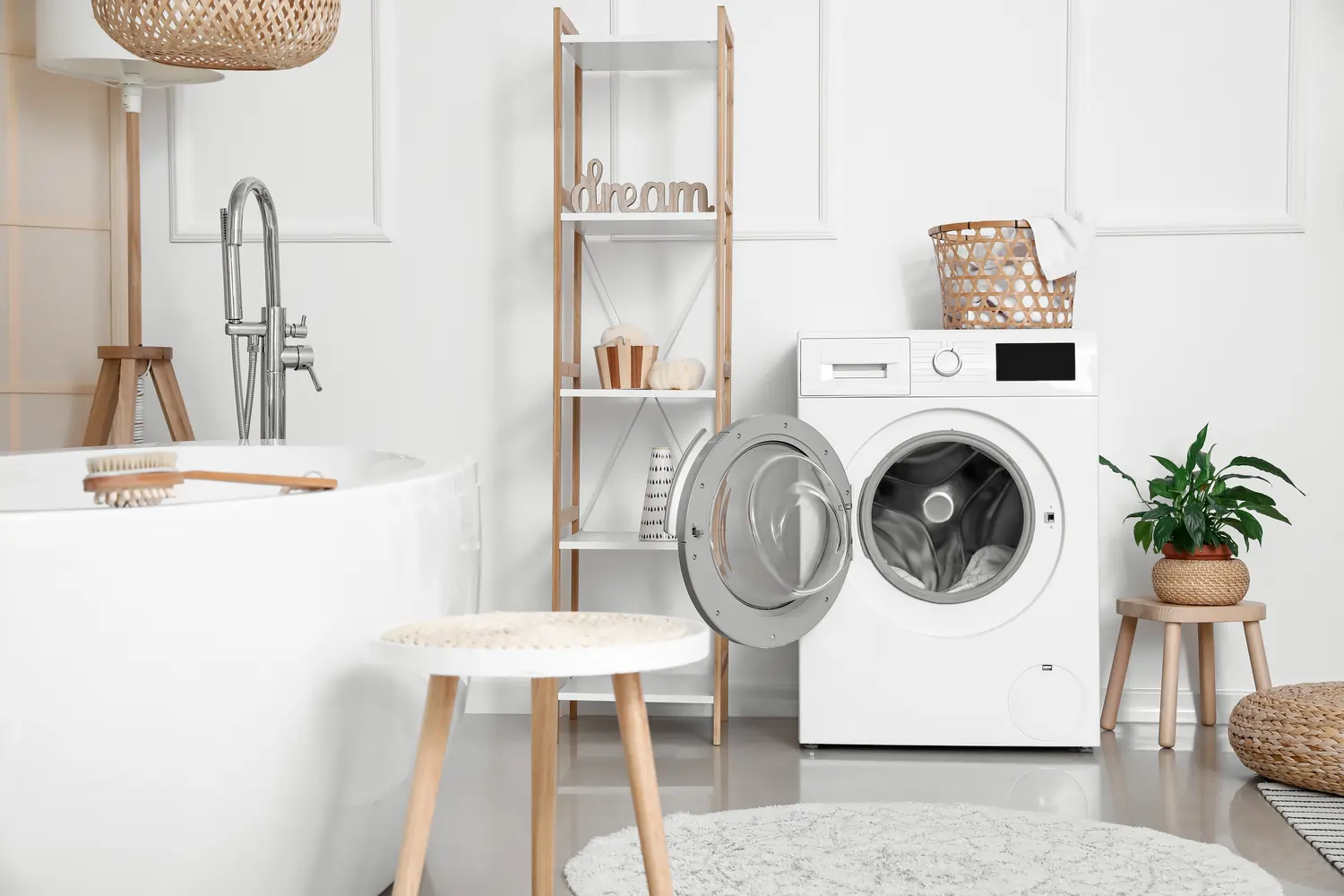
The Ultimate Guide to ToxicFree Skincare and Household Cleaners: Why You Should Make the Switch
In a world where health and well-being are becoming increasingly important, many consumers are reevaluating their choices, especially when it comes to the products they use on their bodies and in their homes. Toxic-free skincare and household cleaners have gained immense popularity in recent years, and for good reason. In this comprehensive guide, we'll explore the reasons why consumers should make the switch to toxic-free products, backed by scientific evidence and expert opinions. We'll also answer some common questions to help you navigate this essential lifestyle change.
Table of Contents:
- Understanding Toxic Ingredients
- What Are Toxic Ingredients in Skincare and Cleaners?
- Why Are They Harmful?
- The Benefits of Toxic-Free Products
- Health and Wellness
- Environmental Impact
- Ethical Considerations
- How to Identify Toxic-Free Products
- Reading Labels
- Certifications to Look for
- Common Concerns and Misconceptions
- Price vs. Quality
- Efficacy of Toxic-Free Products
- Q&A Section
1. Understanding Toxic Ingredients
What Are Toxic Ingredients in Skincare and Cleaners?
Toxic ingredients, often found in conventional skincare and household cleaners, can have adverse effects on our health and the environment. Some common toxic ingredients include parabens, phthalates, sodium lauryl sulfate (SLS), formaldehyde, and synthetic fragrances. These substances have been linked to various health issues, such as skin irritation, allergies, hormone disruption, and even more severe conditions like cancer and respiratory problems.
Why Are They Harmful?
- Skin Irritation and Allergies: Many toxic chemicals found in conventional products can cause skin irritation and allergic reactions. This can range from mild redness and itching to more severe conditions like contact dermatitis.
- Hormone Disruption: Some toxic ingredients, like parabens and phthalates, can disrupt our endocrine system, leading to hormonal imbalances. This disruption can have far-reaching effects on our health, including fertility issues, developmental problems in children, and an increased risk of certain cancers.
- Respiratory Problems: Household cleaners often contain volatile organic compounds (VOCs), such as formaldehyde, which can be released into the air and lead to respiratory issues, especially in those with pre-existing conditions like asthma.
- Environmental Impact: Many of these toxic chemicals do not break down easily in the environment, contributing to pollution and harm to wildlife. They can also enter our water systems, posing a threat to aquatic life and potentially finding their way back into our drinking water.
2. The Benefits of Toxic-Free Products
Health and Wellness
One of the most significant advantages of switching to toxic-free skincare and household cleaners is the positive impact on your health and well-being. By eliminating harmful chemicals from your daily routine, you can:
- Reduce the Risk of Health Issues: Avoiding toxic ingredients lowers your risk of skin problems, allergies, hormonal imbalances, and more serious health conditions.
- Improved Skin Health: Non-toxic skincare products are often enriched with natural ingredients that can nourish and hydrate your skin, promoting a healthy complexion.
- Enhanced Indoor Air Quality: Toxic-free household cleaners release fewer harmful VOCs, improving the air quality in your home and reducing the risk of respiratory issues.
Environmental Impact
The use of toxic-free products isn't just beneficial for your personal health; it also has positive implications for the environment:
- Reduced Pollution: Toxic chemicals from conventional cleaners can enter the ecosystem, harming wildlife and contaminating water sources. Using eco-friendly cleaners reduces this pollution.
- Lower Carbon Footprint: Many toxic-free products are manufactured using sustainable practices and packaging, contributing to a reduced carbon footprint.
Ethical Considerations
Choosing toxic-free products aligns with ethical and sustainable consumer values:
- Cruelty-Free: Many toxic-free brands are cruelty-free, meaning they do not test their products on animals.
- Sustainability: Ethical brands often prioritize sustainability in their manufacturing processes, packaging, and sourcing of ingredients.
3. How to Identify Toxic-Free Products
Reading Labels
Identifying toxic-free products starts with reading labels and ingredient lists. Look for products with clear and transparent labeling, and avoid those that contain common toxic ingredients. Some labels or claims to watch for include:
- "Organic": Products certified as organic often contain fewer synthetic chemicals.
- "Non-Toxic" or "Toxic-Free": Brands that are genuinely committed to avoiding harmful ingredients will prominently display these terms.
Certifications to Look for
Several certifications can help you identify toxic-free products with confidence:
- USDA Organic: This certification ensures that the product contains at least 95% organic ingredients and meets strict environmental and sustainability standards.
- EWG Verified: The Environmental Working Group's verification indicates that a product meets high health and transparency standards.
- Leaping Bunny: This certification confirms that a product is cruelty-free and not tested on animals.
- Green Seal: For household cleaners, Green Seal certification signifies that a product meets rigorous environmental and performance standards.
4. Common Concerns and Misconceptions
Price vs. Quality
One common concern when switching to toxic-free products is the perceived higher cost. While it's true that some eco-friendly brands may be priced higher than their conventional counterparts, it's essential to consider the long-term benefits. Investing in your health and reducing the risk of future medical expenses often outweighs the upfront cost.
Moreover, as the demand for toxic-free products continues to rise, the market is becoming more competitive, leading to a wider range of affordable options.
Efficacy of Toxic-Free Products
Some consumers worry that toxic-free skincare and household cleaners may not be as effective as their conventional counterparts. However, many eco-friendly products have undergone extensive testing to ensure their efficacy. Additionally, advances in green technology have led to the development of high-performance, non-toxic alternatives that can clean effectively and provide the desired skincare benefits.
It's essential to read reviews, seek recommendations, and conduct your research to find the toxic-free products that best suit your needs.
5. Q&A Section
Q1: Are all-natural products always safe and non-toxic?
A1: Not necessarily. While many all-natural products are safe and non-toxic, it's essential to read labels and research the ingredients. Some natural substances can still cause allergies or irritation in certain individuals. Additionally, the term "natural" is not regulated, so it's possible for products to contain a mix of natural and synthetic ingredients.
Q2: Can I make my own toxic-free cleaners at home?
A2: Absolutely! Making your own toxic-free household cleaners using ingredients like vinegar, baking soda, and essential oils is a cost-effective and eco-friendly option. There are numerous DIY recipes available online for various cleaning needs.
Q3: Are there toxic-free skincare options for specific skin types, like sensitive or oily skin?
A3: Yes, there are toxic-free skincare products tailored to different skin types and concerns. Many brands offer a wide range of options, from gentle cleansers for sensitive skin to oil-free moisturizers for oily skin. Look for products that match your specific needs.
Q4: Can switching to toxic-free products help with skin conditions like eczema or psoriasis?
A4: While toxic-free skincare products can be gentler on the skin and may help alleviate some symptoms, it's essential to consult with a dermatologist for specific skin conditions like eczema or psoriasis. They can provide personalized recommendations and treatment options tailored to your needs.
Q5: How can I dispose of toxic household cleaners safely?
A5: To dispose of toxic household cleaners safely, follow these steps:
- Check for any local hazardous waste collection programs or events in your area.
- If no collection program is available, contact your local waste disposal facility for guidance on proper disposal.
- Do not pour toxic cleaners down the drain or toilet, as this can harm the environment and water supply.
In conclusion, making the switch to toxic-free skincare and household cleaners offers numerous benefits for your health, the environment, and ethical considerations. By understanding the harmful effects of toxic ingredients, identifying toxic-free products, and addressing common concerns, consumers can make informed choices that promote well-being and sustainability.

